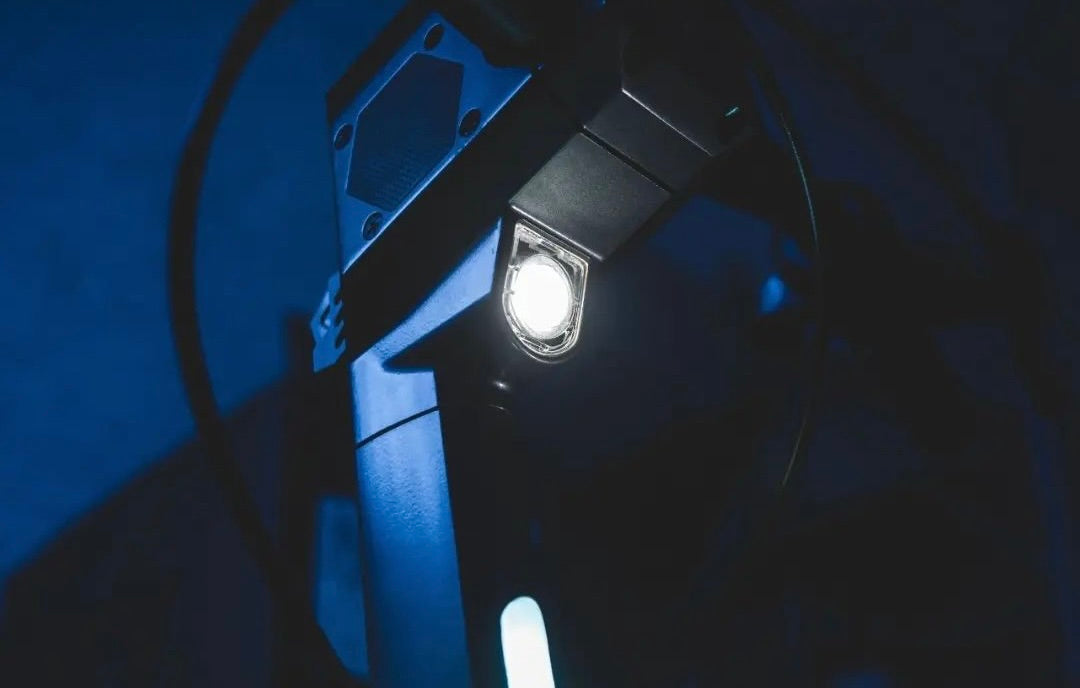By hoverboard, sadly, we don't mean the hoverboard from the iconic "Back to the Future." It's been tried and found wanting. We are left with something that doesn't even hover but has a cool name. Still, the device definitely is futuristic, as are electric scooters. So let's find out which one is more practical for daily use.
What Are Hoverboards and Electric Scooters?
Hoverboards
In hoverboards, the rider places his or her feet on a pair of articulated pads on top of two motorized wheels.
At the heart of a hoverboard is its ability to balance itself (and you) while you're riding. This is achieved through gyroscopes and sensors. Think of it like a mini-robot that knows how to keep itself upright.
To move, you lean in the direction you want to go. Lean forward to move forward, lean back to reverse, and adjust your feet slightly to turn or rotate. The gyroscopes and sensors detect these changes in weight distribution and tell the motors how fast and in which direction to spin.

Electric Scooters
An electric scooter is a motorized version of the traditional kick scooter, designed for convenience and efficiency. It's a popular choice for urban commuters and eco-conscious riders, offering a swift and enjoyable way to navigate city streets.
The core of an electric scooter is its motor, usually located in the hub of one or both of the wheels. This motor, powered by a rechargeable battery, propels the scooter forward without manual pushing.
Advantages Over Traditional Transport
Environmental Impact: Both hoverboards and electric scooters offer a green alternative to cars, significantly reducing carbon emissions and noise pollution.
Cost-Effectiveness: These electric devices are more economical than cars over time, with minimal maintenance and no fuel costs.
Urban Mobility: Their compact size and agility make them ideal for navigating congested city streets, enhancing urban mobility.
Practical Comparison
Performance and Speed – Electric scooters generally offer better performance and higher speeds, suitable for longer urban commutes, while hoverboards are ideal for shorter, leisurely trips.
Range and battery – Hoverboards are suitable for shorter jaunts, with a range of around 7–15 miles (11–24 km), while e-scooters have a longer range of 10–40 miles (16–64 km) per charge, ideal for extended trips. Batteries on e-scooters are larger and take longer to charge, but some have a fast charging option. Due to their smaller batteries, hoverboard batteries charge faster, but by the same token their range is much shorter.
Safety and Learning Curve – Electric scooters, with their handlebars and brakes, provide more stability and are easier to learn, whereas hoverboards require a bit more practice.
Portability and Convenience – Electric scooters, especially lightweight models like the Apollo City or Apollo Air, are designed for easy storage and transportation, making them a practical choice for commuters.
Regulations and Legal Aspects – It's important to be aware of local laws regarding the use of these devices, as regulations can vary significantly across regions.
Price

E-scooters are cool and practical for daily commuting, but they usually come at a higher price compared to hoverboards. This is because e-scooters are made with more durable materials as they can reach higher speeds. The hoverboard is a good choice if you want personal transport more for fun than for practical reasons.
One tip to keep in mind
Always wear protective gear when using both e-scooters and hoverboards. In general, they're reliable vehicles but in crowded cities all bets are off, so it's better to be safe than sorry.
Finishing up
Both hoverboards and electric scooters offer a unique experience for urban dwellers. Whether you prioritize fun and agility or efficiency and range, there's a device that fits your lifestyle.
As we continue to embrace sustainable urban transport, the choice between a hoverboard and an electric scooter will depend on your personal needs, environmental consciousness, and the rhythm of your daily life.
FAQ Section
1. What is the average lifespan of a hoverboard vs. an electric scooter?
When it comes to hoverboards and electric scooters, their lifespans can vary based on a bunch of factors like how you use them, the build quality, and maintenance. But generally speaking, a hoverboard typically lasts around 2-3 years. Now, for electric scooters, they're usually a bit sturdier and can last anywhere from 3 to 5 years, with some high-quality models even pushing past 5 years. Of course, it's all about how well you take care of them!
2. Can electric scooters and hoverboards be used in rain or other harsh weather conditions?
Both hoverboards and electric scooters are a bit sensitive to wet and extreme conditions. Most models aren't designed to be fully waterproof, so using them in heavy rain or snow isn't recommended. Light drizzle? Maybe, but be careful. Always check the manufacturer's guidelines because some models are more weather-resistant than others. But generally, it's best to avoid riding in heavy rain, puddles, or snow to keep them running smoothly.
3. What are the best practices for maintaining these devices to ensure longevity?
To keep your hoverboard or electric scooter in tip-top shape, here are some handy tips!
- Regular Check-ups: Give them a once-over regularly. Look for loose parts, check the tires, and make sure everything's tight and right. Apollo offers many servicing hubs across the US and Canada, so you don’t have to worry about your scooter.
- Battery Love: For both devices, the battery is key. Charge it as recommended, don't overcharge, and try not to let it drain completely.
- Cleanliness is Key: Keep them clean, but avoid harsh chemicals. A damp cloth usually does the trick.
- Safe Storage: Store them in a cool, dry place. Extreme temperatures aren't their friends.
- Ride Responsibly: Avoid rough terrain and don't overload them. Stick to their weight limits and try not to bump into curbs and stuff too much.
😉 Remember, a little care goes a long way in extending their lifespan!






